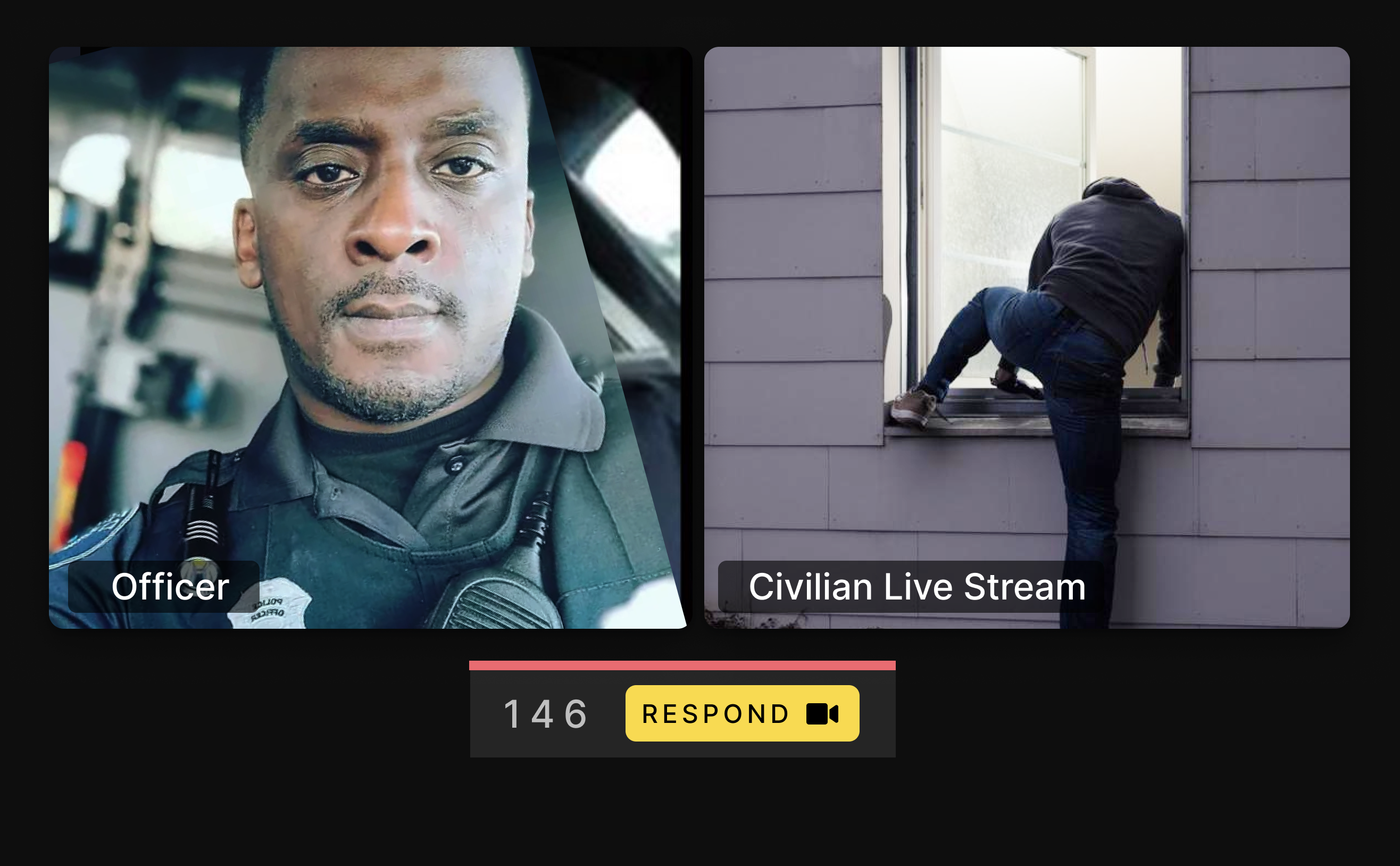FaceTiming with 911? How Live Video Can Save Lives in One Click
Jerod Venema
Oct 18, 2022 2:57:35 PM


Just as videoconferencing has changed the way we work and telehealth has changed the way we seek healthcare, the availability of video technology has changed the way we think about public safety and the pursuit of justice. Security footage is integral to the success of criminal legal proceedings. Body camera footage is critical for answering questions about the events that occur after police arrive on the scene. Anyone who pays attention to the news knows the importance that cell phone videos have played in uncovering the facts about major crimes. The cell phone video of the murder of George Floyd comes to mind as a very significant example.
Unlike today’s Zoom calls and telehealth appointments, the application of live video in emergency services is scarce. What if 911 dispatchers, EMS workers and police officers could see live video from 911 callers? They could better understand the scene, medical needs and the severity of the situation they’ll be entering.
Live video is the next step in the evolution of emergency services, and it will save lives. Video as after-the-fact evidence is powerful and necessary but live video as an as-it-happens tool to keep both citizens and emergency responders safe is what our communities need next.
Here are two ways emergency services teams and first responders should be using live video:
Give citizens a way to share video feeds from their smartphones with first responders.
Today, 85 percent of Americans own a smartphone. While the near-universal use of smartphones has drawbacks, it also comes with good news. The vast majority of those phones can make video calls.
80 percent of 911 calls are made from cell phones. It’s time we allow 911 callers to take their assistance one step further.
Here is how it works: As soon as an emergency is reported to a 911 dispatcher, the caller is texted a link to start a video call. With one click, the caller and 911 responder open a livestream conversation with high-resolution video: no downloads, apps, or authentication, just instant streaming. The responder can add co-responders, medical specialists and anyone else to the call who can help. Once the video call is completed, it is automatically recorded and stored in the cloud in case it is needed for evidence.
This concept allows first responders to gain additional visual information about the emergency and to deploy the most appropriate resources and personnel based on that information. The result is more lives saved and fewer critical moments wasted.
Quickly gain better information about active shooters.
Recently, a colleague told me that before bed, he plays a word association game with his daughter where he says a word and she says the first word that comes to mind after hearing his word. Think, “Christmas” followed by “presents” or “happy” followed by “dance.” In this recent instance, he said “school” and she responded with “shooting.” Not friends or recess or reading or math. The first thing that came to mind was shooting.
Her response is heartbreaking but not completely surprising. Everyone knows about the tragedy that struck Uvalde this year that claimed the lives of 19 elementary school students and two teachers. There were 93 total shootings with casualties at elementary and secondary schools during the preceding school year.
We have to do a better job protecting our kids while they’re at school. Access to live video from inside schools is one part of the answer. There are several ways this can be accomplished.
First, students, staff and anyone on school grounds can certainly benefit from streaming video directly from their phones to 911 dispatchers and first responders as discussed above. This gives officers access to additional information on the location and surroundings of the shooter and students.
Additionally, communities should set up a system where anyone working at a school could receive a silent text message with a link to click to start streaming video from their phone directly to first responders if they feel safe enough to do so.
Finally, in case of emergency, live video feeds from new or existing school video security systems should be able to be routed to the phones and other devices of police officers and other first responders.
These measures aren’t fantasy. They are completely possible through technology that exists today - I have customers doing this right now. We had a huge boom in live video calling as a result of the need for social distancing, and it’s now an accepted part of everyday life. There is no reason why it can’t be used to make our communities safer.